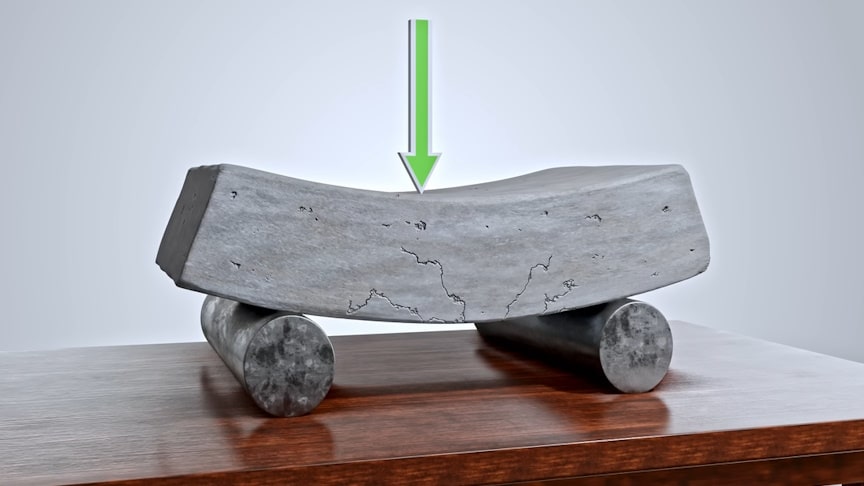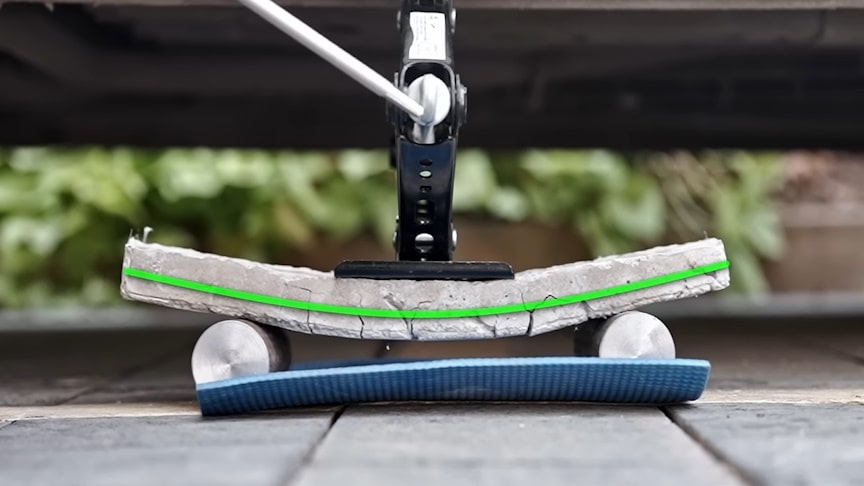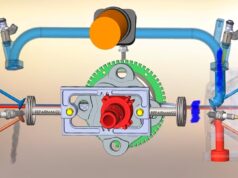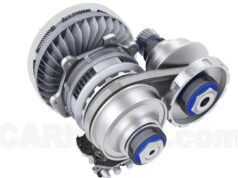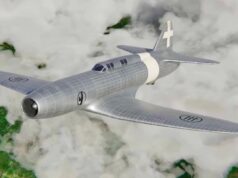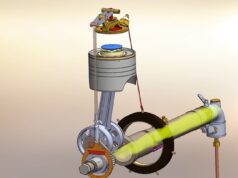Steel reinforced concrete is a crucial component in construction technolgy. Let’s explore the physics behind the reinforced concrete in detail. Reinforced concrete, also called ferroconcrete, is a composite material in which concrete’s relatively low tensile strength and ductility are compensated for by the inclusion of reinforcement having higher tensile strength or ductility.
source.image: Sabins Civil Engineering
The reinforcement is usually, though not necessarily, steel reinforcing bars (known as rebar) and is usually embedded passively in the concrete before the concrete sets.
source.image: Sabins Civil Engineering
Modern reinforced concrete can contain varied reinforcing materials made of steel, polymers or alternate composite material in conjunction with rebar or not. Reinforced concrete may also be permanently stressed (concrete in compression, reinforcement in tension), so as to improve the behavior of the final structure under working loads.
Advertisement
In the United States, the most common methods of doing this are known as pre-tensioning and post-tensioning. For a strong, ductile and durable construction the reinforcement needs to have the following properties at least:
- High relative strength
- High toleration of tensile strain
- Good bond to the concrete, irrespective of pH, moisture, and similar factors
- Thermal compatibility, not causing unacceptable stresses (such as expansion or contraction) in response to changing temperatures.
- Durability in the concrete environment, irrespective of corrosion or sustained stress for example.

